by Neil Anderson
Q: "What is the difference between (strict) chinups and pullups?"
A: At GPP they are as different as night and day in both function and benefit.
(Strict) Chinups
These are done with palms facing you. As with the standard pullup, the movement is from arms completely extended (straight) to chin above the bar. The movement is to be done without direct active involvement of the hips or by use of momentum of any kind from any other participating body part.
The purpose of a (strict) chinup is to build and develop strength and develop musculature mainly of the anterior arms (biceps) and posterior torso (lats, posterior deltoids, trapezius, rhomboids and etc.).
When we program (strict) chinups we are aiming directly at these muscles in a more isolated manner. This type of workout will be closely followed by a balancing workout that similarly develops the posterior arm and anterior torso.
We find a lot of shaping benefit in this type of workout. We also find that this type of workout will strengthen weaknesses you may develop over time by doing large multi-joint type workouts only. It serves to balance programming.
Pullups
These are grossly misnamed. If done right, there is very little pulling involved. In fact, you will fail to learn a pullup if you focus on pulling yourself to the bar.
The key to performing pullups is to harness horizontal momentum and turn it into vertical movement using maximum efficiency of multiple joint forces. Its function, use and learning curve is very similar to power cleans and single arm snatches. All require enhanced skill, strength and power to achieve proficiency.
Our standard of movement for the pullup is move yourself from the arms extended (straight) position to chin above the bar. Whatever you do in-between these two positions is "in bounds" as long as you do not use outside help by touching or being touched by anything but the bar which is in your hands.
To accomplish this movement we highly encourage heavy use of the hips and surrounding musculature to generate momentum. You may choose any grip that you feel suits you best. Many use the "palms away" method. Many use "palms facing" method. Others alternate grip with one palm "facing" and the other "away." You may also change grip at any time during the workout. It simply does not matter.
The purpose of pullups is to increase functionality of your body in a highly intense, multi-joint, manner. Doing this creates a multi-dimensional exercise that uses many more aspects of fitness (strength, flexibility, stamina, power, agility, coordination, balance & accuracy), whereas (strict) chinups are more one-dimensional (strength).
Due to its multi-dimensional functionality, we find much benefit in using this type of movement at GPP. And we use it a lot. Much more than strict movements. However, this does not mean there isn't place for strict movements. Good programming includes both.
